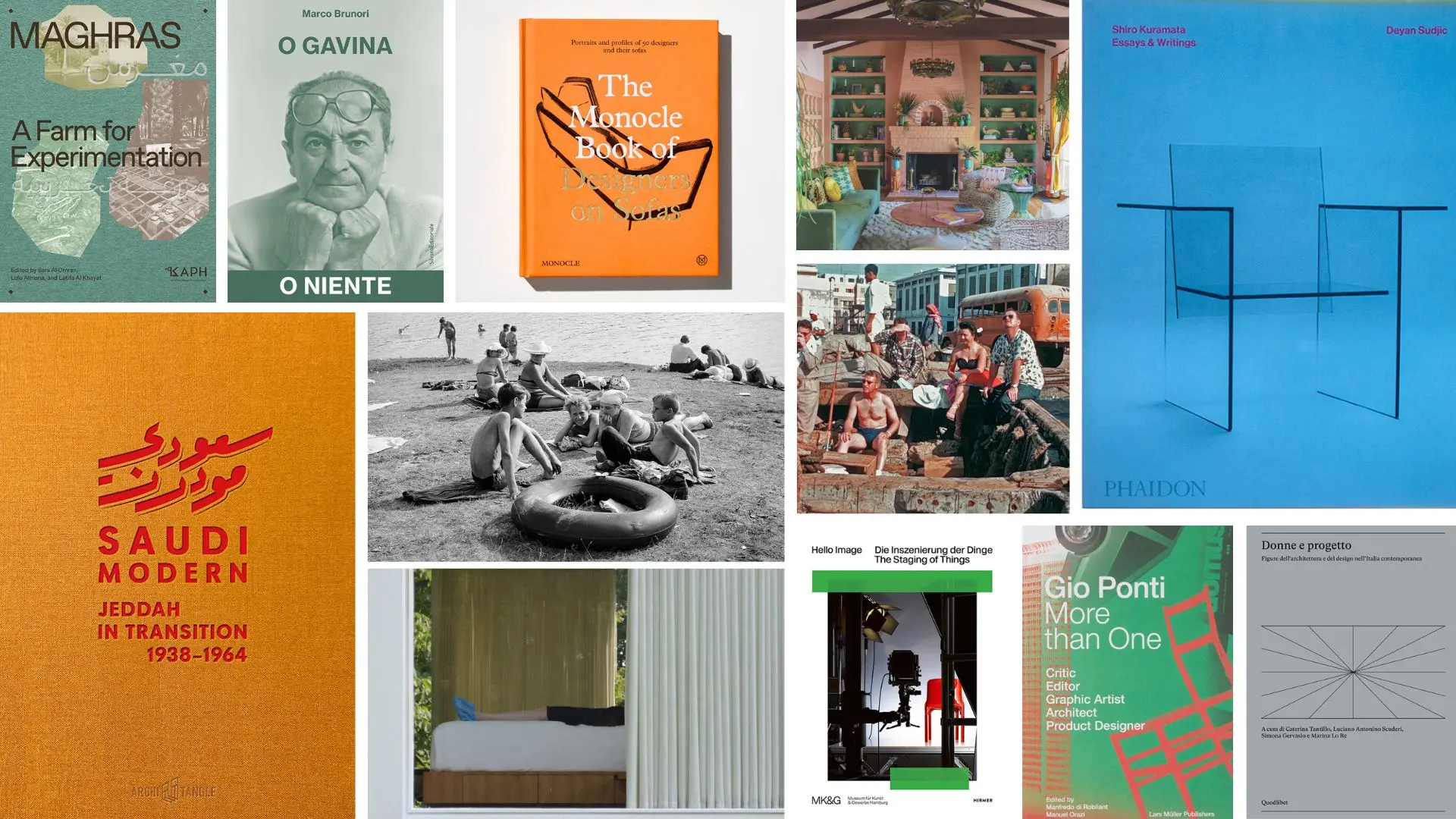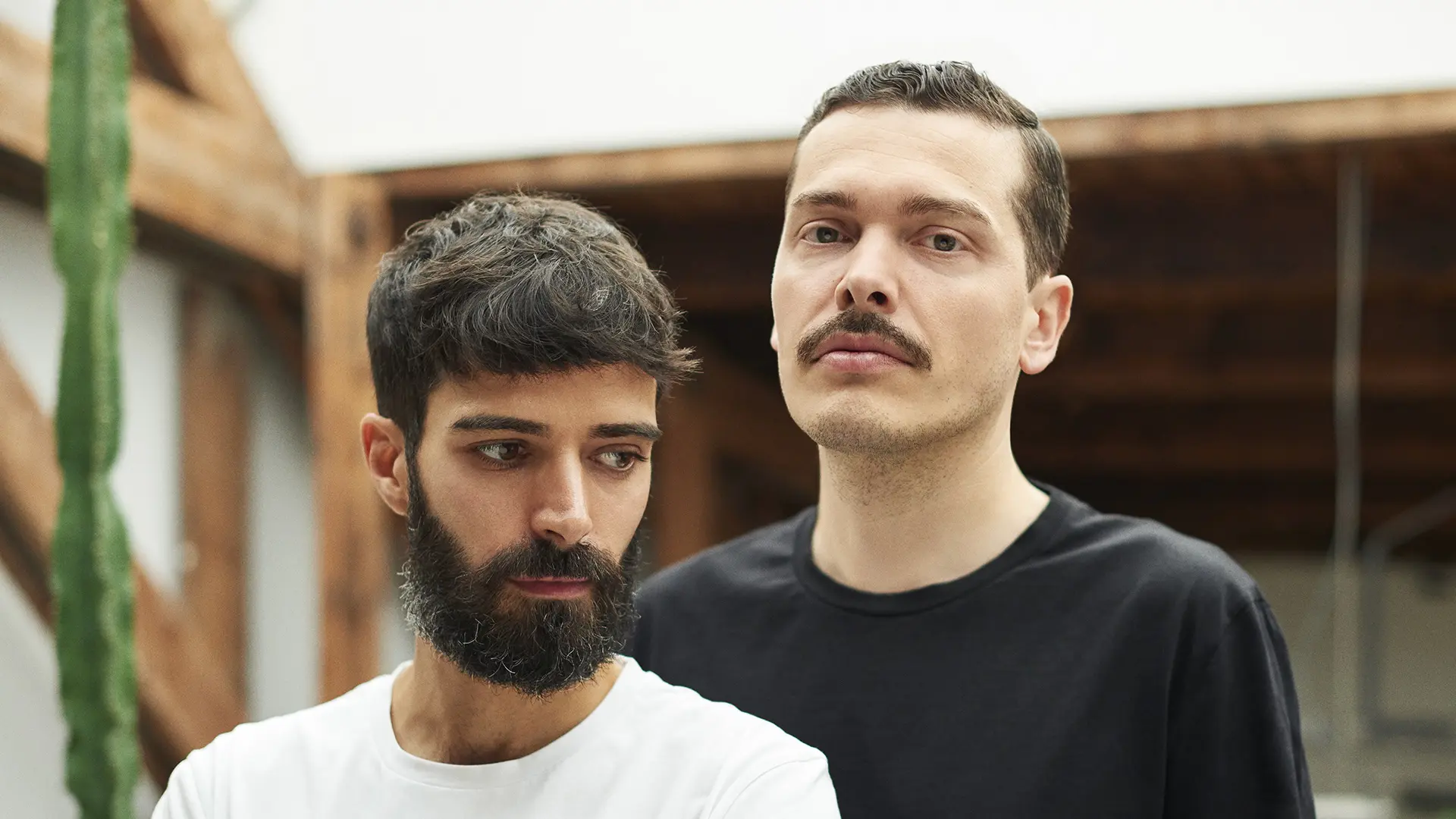A journey through women’s interior design, three iconic monographs and the links between design, photography and marketing, up to the transformation of Jeddah, social innovation and a reportage by Branzi and... 50 designers on the sofa
Metaverse and NFT, what companies and creatives think
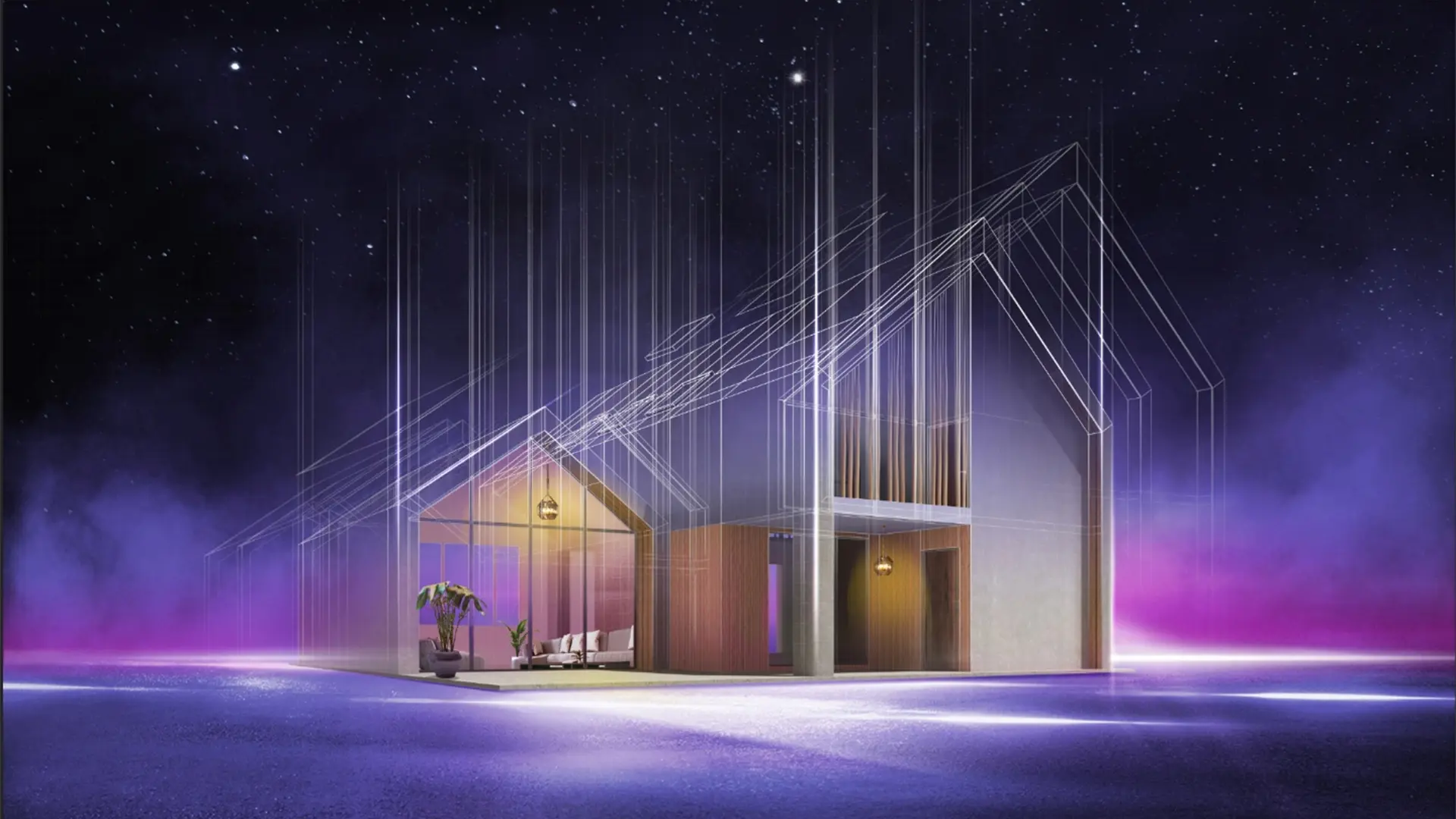
H A virtual exhibition, image courtesy
We asked LG and Lanzavecchia + Wai to share their experiences, projects, points of view and expectations regarding NFTs and the Metaverse
According to the famous Collin’s dictionary, in 2021 Metaverse and NFT vied for the accolade of “word of the year”. In the end, NFT won, but we’ll be hearing plenty about both of them for a good while to come. Here’s a quick recap on what they are.
The Metaverse is a kind of evolution of the internet. A generic term, it indicates a set of virtual spaces populated by completely digital avatars, objects and activities. NFT is an acronym for Non-Fungible Token, which basically means a certificate of digital authenticity. NFTs are based on blockchain, a computer ledger of data that cannot be modified. An NFT is a digital work of art in the form of a certificate of authenticity regarding some form of physical labour. NFTs are revolutionizing the art world, disrupting the channels of sale, exchange and communication used until now. But what do creatives and companies think of all this? To find out, we asked them. Alessandro Zero is a senior product and brand marketing manager at LG Electronics Italia. He shared his company’s point of view, the projects it is pursuing in the field, and how they see the Metaverse evolving.
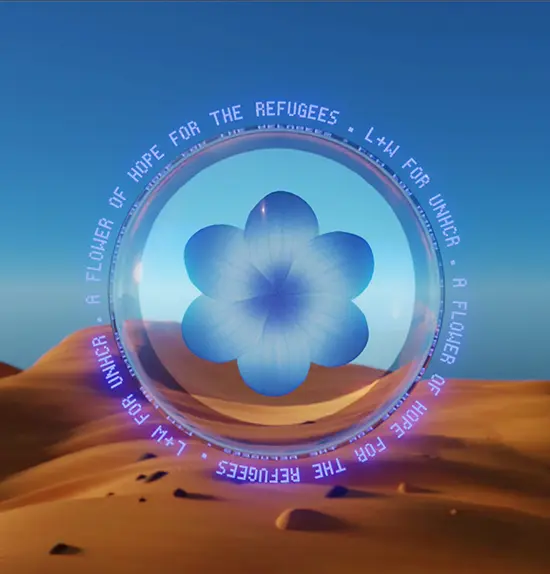
Lanzavecchia + Wai for UNHCR : A Flower of Hope for the Refugees, image courtesy
Combining physical and virtual worlds is something LG has long been interested in. The recent pandemic only made it more of a priority, more relevant. We expect this combined approach to become even more popular, to expand people’s options to connect. Over the last two years, we have leveraged the virtual to offer people a chance to see and experience our products.
For example, we created virtual booths for IFA 2020 and CES 2021, giving as many people as possible a chance to attend major trade shows despite the pandemic. At CES 2021, LG presented Reah Keem, a virtual assistant, composer and virtual DJ. Reah is even more human thanks to deep learning technology, completely independently inventing some new features for the public.
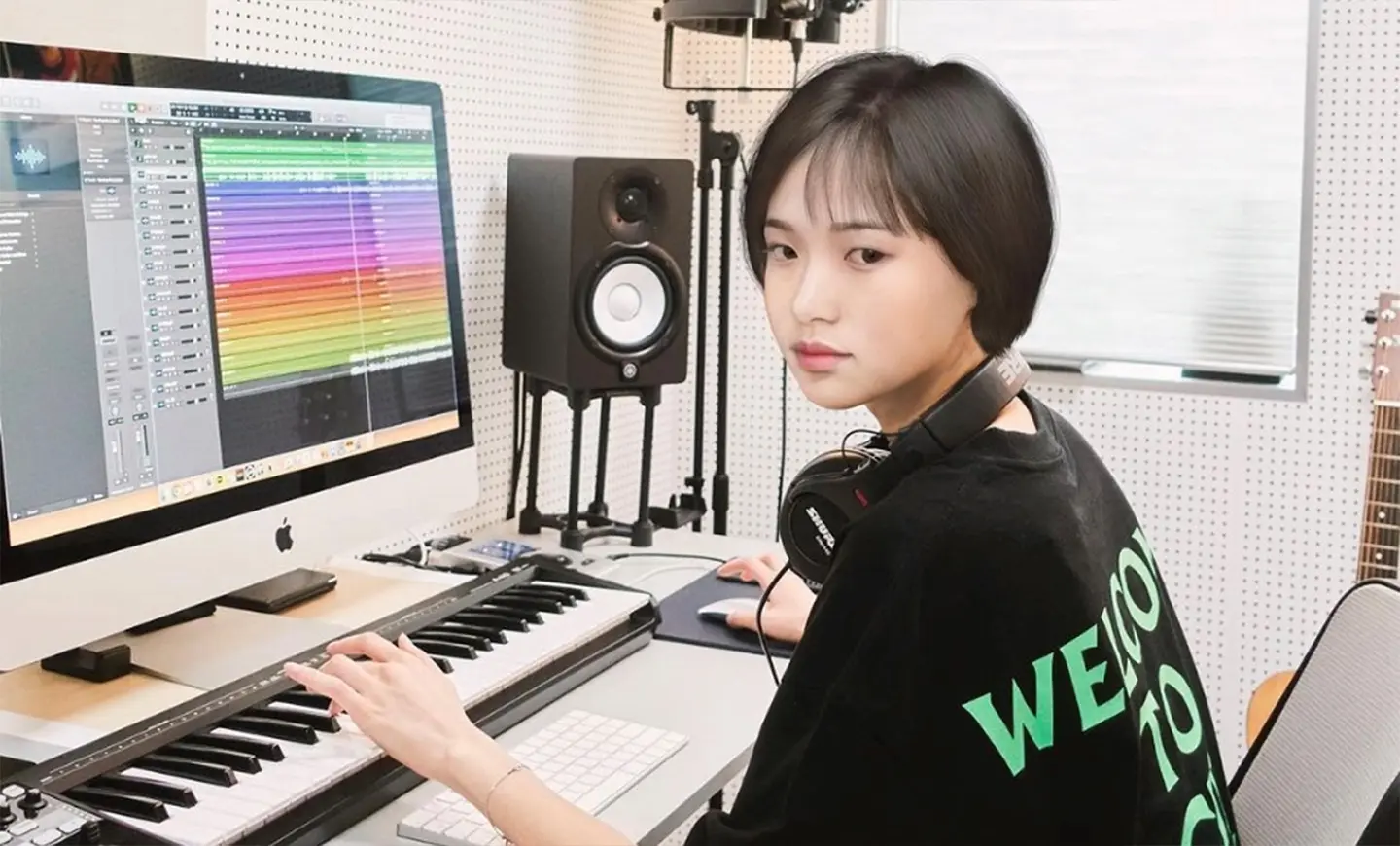
Reah Keem, image courtesy
LG Digital Connect is an online showroom we launched in November 2020, where Visitors select the Product Showroom Tour to view LG’s latest LED offerings at a virtual showroom. The Vertical Showroom Tour offers the experience of a number of digital signage solution scenarios.
Much of our research focuses on creating a seamless digital experience, and that includes the physical world. LG OMNIPOD, for example, is a mobility solution presented at CES 2022, a kind of roadside extension of the home environment, designed to function as a home office, entertainment centre and living room too, offering a glimpse of what it might be like to live in a future where remote working does not necessarily mean having to work from home, but ideally from anywhere. In September 2021, LG Electronics founded LG NOVA, an innovation centre in Silicon Valley. The centre launched Mission for the Future, an annual program to seek out the best ideas and activities for enhancing quality of life through a greener, more intelligent, healthier and more connected future, which also includes the Metaverse. Shortlisted projects are awarded up to $20 million to support concept development, winning access to LG’s global infrastructure and supply chain.
In the NFT realm, we approached Francesca Lanzavecchia, the Italian soul of the Italian-Singaporean studio Lanzavecchia + Wai, for her point of view.

Lanzavecchia + Wai, Living Vase, image courtesy
We launched two projects based on NFTs. The first was in the September issue of Vogue Singapore, “New Beginning”, a first edition of 30 NFTs on the Opensea platform, and we did a project on artists in residence, creating Living Vase 01, a vase composed of 784 flowers that exist in the digital world. The second project we did was for UNHCR and Syrian refugees. We have a 10,000 NFT project in the works for April with an international team, though I can’t say anything more about that right now.
We are storytellers, stories have always been the focus of our projects. We immediately felt at home in this digital story world. Before creating physical products, we have always made digital products to tell our story. It’s almost like shortening the process, like not being subject to the rules of physical production. There is undoubtedly an attraction to all this, tying into our desire to always approach design projects as research, to tell a story through virtual objects.
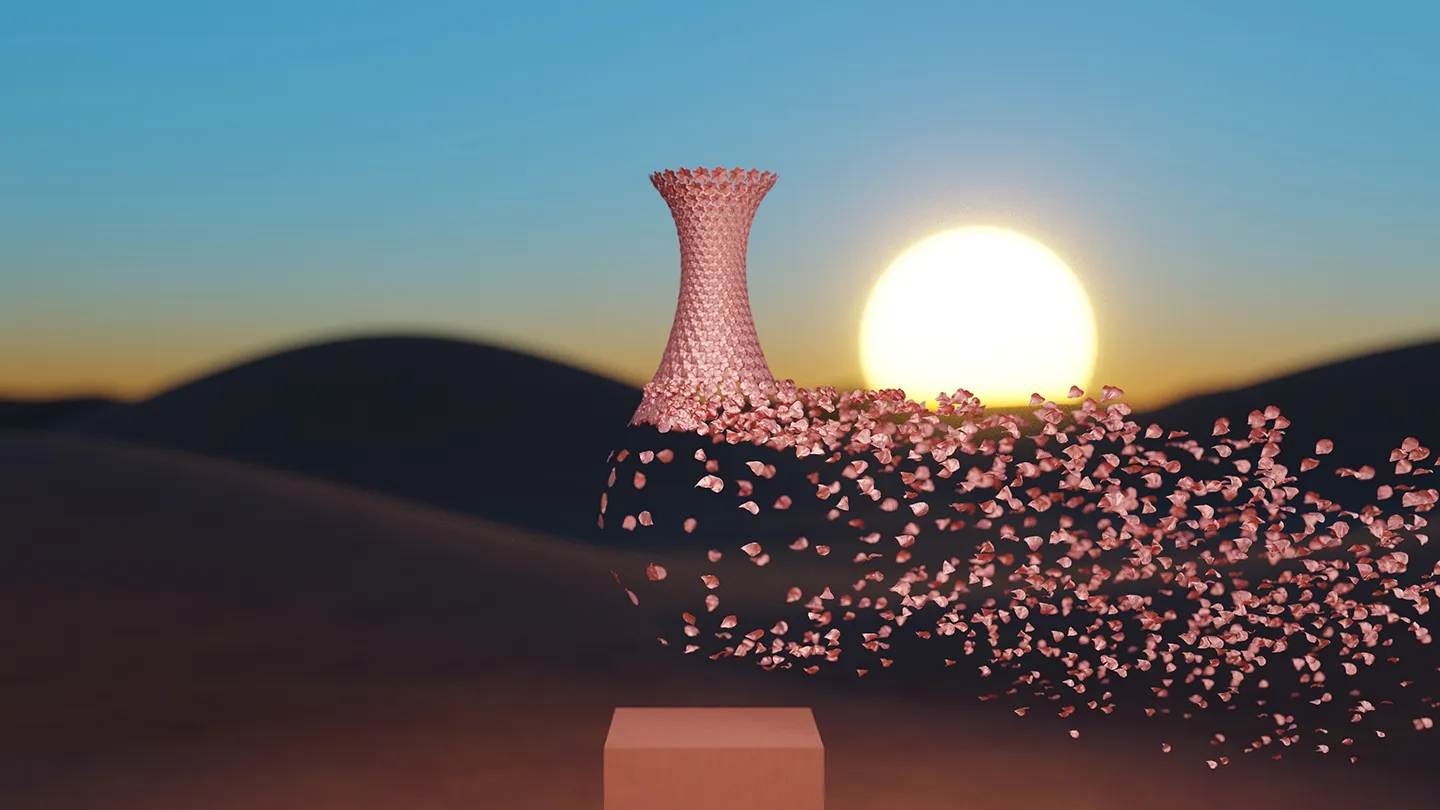
Lanzavecchia + Wai, Living Vase, image courtesy
Maybe this world is closer to digital artists and fashion designers. That said, because I believe we take digital experiences away into the physical world, why not fully design them? As someone who works with culture, I think it’s necessary to understand how things work and where they’re likely to go from here.
Right now, I think NFTs are still something of an enthusiasts’ niche. Still, all galleries and curators are keen to get into them, they’re interested in this world. I also believe it’s exciting for furniture companies. I’m not saying they have to sell 3D furniture, but owning an NFT could open up unexpected new avenues. I’m trying to understand it from the inside, so that I can propose objective solutions to companies too.
We were ready for Covid; we were ready for telecommuting; we were ready for NFTs. This was possible because we’ve long been interfacing with a culture in which creating material things is complicated. But when it comes to digital, things are more straightforward. In part, these projects emerge from a need to intercept the local public’s needs. Vogue Singapore did an edition in September entirely dedicated to NFTs, with its first cover that, instead of a model, had a QR code on it… A veritable revolution.
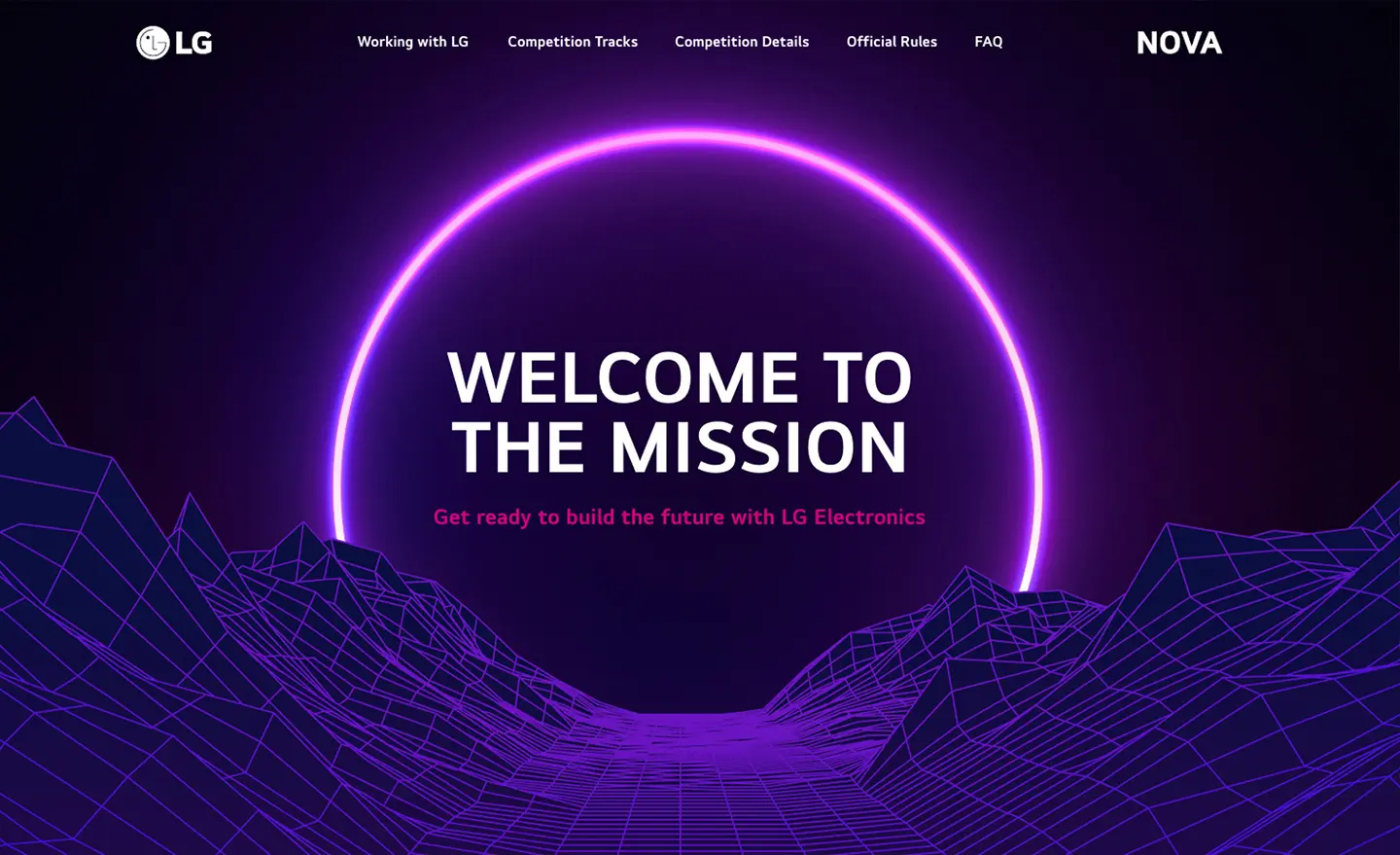
LG NOVA, Mission for the Future, image courtesy
You see if a project works or not within three months; product design takes a long time. On the contrary, there’s often a rush with these projects, although I don’t know if that’s positive or negative. It can be energizing to watch projects come to life. In this specific case, marketing is a hundred times more important than design, undertaken within a community that responds by seeking to perform tasks.
It’s a great tool, with great potential, but I also think it has significant risks. For a young person entering the world of design right now, there is the risk that its meaning might be lost. I hope it’s a tool that makes us think rather than create meaningless beauty. From our point of view, a device cannot be a mere exercise in style. What we’re interested in is understanding these things, using them to make ad hoc, tailor-made projects.


 Stories
Stories




